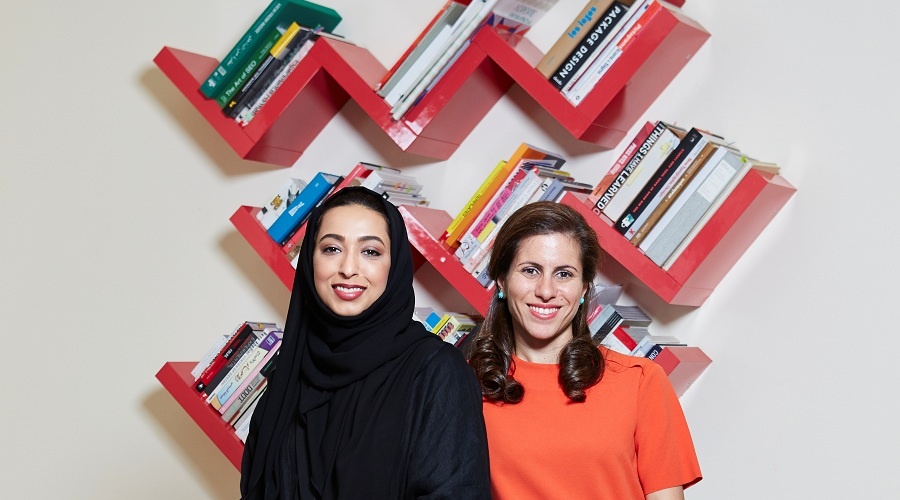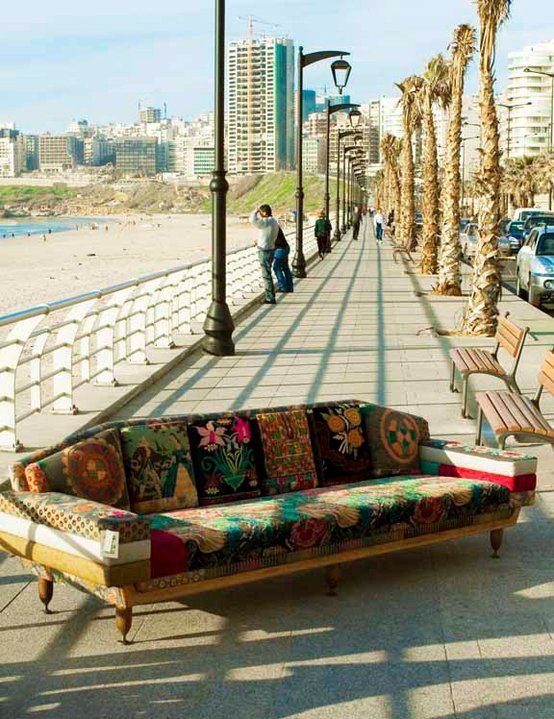Arab women designers: not just fashion

The recent boom in Muslim modest fashion has brought Arab women designers onto the spotlight.
The fashion field, however, is only the tip of the iceberg as Arab women designers drive international demand for products conceptualized and crafted in the Arab world.
Self-made designers such as the Lebanese Nadine Kanso and Nada Debs have used design to redefine Arab identity and its perception to a foreign audience, by creating a bridge between traditional Middle Eastern aesthetics and a contemporary touch.
One New York ecommerce startup is already looking to exploit their potential. The majority of products sold by the platform Letternoon are designed by well-established Arab women designers and entrepreneurs, such as Kanso and Debs.
“I started the company in New York City in 2015 to change the way people think about the region and to support Arab designers making their work accessible to a US audience,” said Nadia Jabri, founder of Letternoon. “There is absolutely a growing American interest in design from the Middle East and in bypassing political and media institutions.”

An increase in female participation in the design field
In a region sometimes penalized for its low inclusiveness of women in the work field, it’s becoming easier to notice many women-founded brands and several emerging female designers stepping up to showcase their work, according to Maria Hibri and Huda Baroudi from Bokja Design, a Lebanese furniture and fabrics atelier.
Hibri and Baroudi, however, also think some firms have been inadequately capitalizing on the “femaleness” of their vision. “We believe there needs to be an objective approach toward a critical analysis of design objects detached from the hands that produced said objects,” Hibri said.
Nonetheless it can’t be denied that a fair promotion of women entrepreneurs successfully founding and running their own shops is an incentive, especially in more competitive environments for women, like the Gulf.

Abjad Design, a Dubai graphic design company cofounded by Diana Hawatmeh and Sheikha Bin Dhaher, caught media attention for starting their business by themselves. “We hope to encourage other women graphic designers to not be afraid of venturing into opening their own design studio,” said Diana Hawatmeh.
These women-led design businesses also bring an added value of Arab culture and identity, inspired by Arabic calligraphy and a local arabesque aesthetic.

Arab identity as a product signature
“We love to concentrate on projects that reflect our rich culture and educate the public on Arabic-oriented subjects. For example we have been working with Abu Dhabi Tourism Authority and the Environmental Protected Area Authority in Sharjah on branding and creating educational graphics,” Hawatmeh said. Their Arab-inspired educational illustrations also contribute to spread knowledge on the region’s design scene abroad through their international clients.
Bokja adds a local touch to its products, too.
Operating in Beirut, “the country itself is positioned between old and new, East and West, bringing to the surface issues of identity and impermanence. So behind Bokja’s fabrication lies an underlying theme of identity, how it can be created and collected, how it can travel and adapt,” Baroudi said.
“The situation [for women] today seems more reassuring. Coming from a different generation, [it’s hopeful] to see the benefits that our youth has,” Baroudi said.
New approaches conceived by millennials of a global culture, but still deeply rooted in the region with their work’s source of inspiration, are also helping re-shape the design landscape, beyond its gender inclusiveness improvements.

Innovative ideas beyond gender
Twig Collaborative, a Lebanese design studio, introduced the idea that design should be more encompassing.
“We collaborate with creative individuals from various fields to bring distinctive works and experiences such as objects, furniture, installations, spaces and buildings,” said Sirena Varma, cofounder of Twig.
A gender-balanced team is also one of their keys to success.
“While studying for my Bachelor in Architecture at the American University of Beirut, most of my professors were great female architects and role models, and the majority of my classmates were women. That’s why it was quite shocking to see so few female architects compared to male ones, when I started working in Beirut. And even if there were female architects, all leading positions were filled by men,” she said.
After her experience, Varma decided to cofound an innovative company that would satisfy both her work and gender vision.
Twig started operating out of Beirut and today has expanded to projects in the MENA region and abroad.
“Our society needs to create more opportunities for women. Of course we need a lot more awareness and activism to remove these concerns, but we should also be inspired by the strong female figures that are breaking the stereotypes in this field from our own region,” Varma said.


